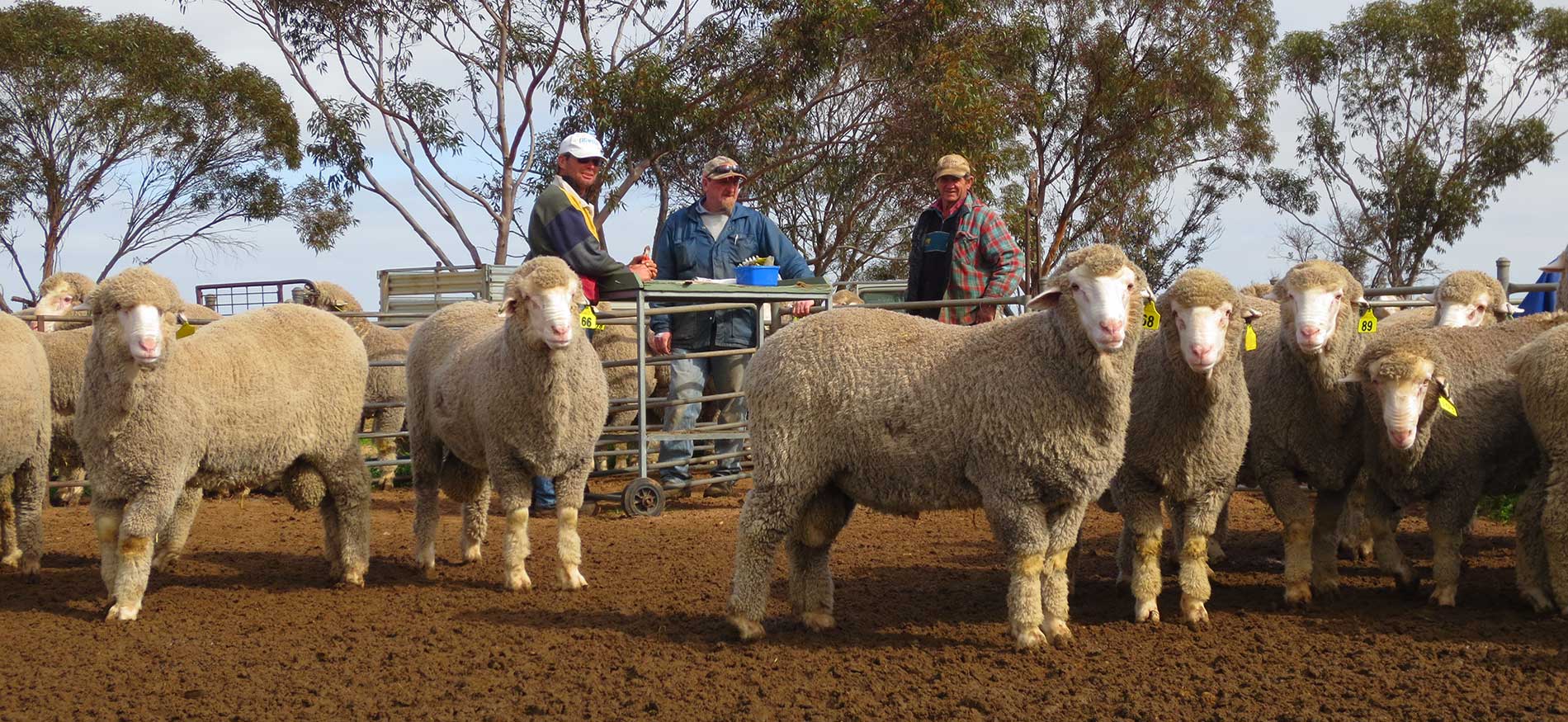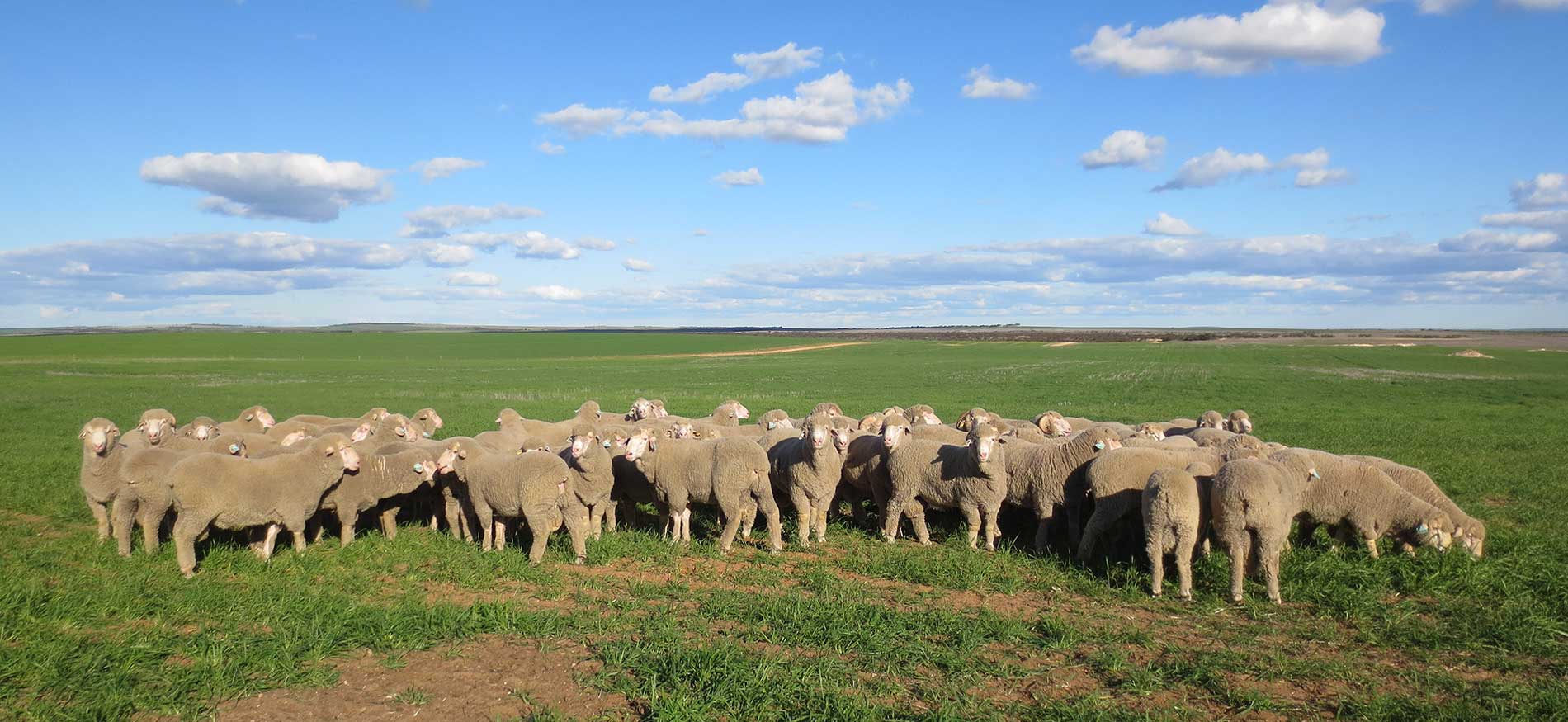Stock Journal Article - July 2025
Author: Emma Shattock, Elders Livestock Production Advisor
Containment feeding is a valuable tool to maintain the condition of sheep. The release from containment pens onto green feed is often one of the higher risk parts of containment programs. This significant change of diet can create issues such as scours, weight loss and mortality if poorly managed.
The challenge of this transition lies within the different nutritional profiles of the containment ration and early green feed. Containment rations typically are higher in fibre and carbohydrates but can be moderate to low in protein. In contrast, early green feed is high in water and nitrogen, a protein precursor, but low in fibre.
Digestion in sheep relies on a wide range of microbes within the rumen, each with their own preferred feed ‘type’. A gradual transition onto green allows time for the population to shift from a higher fibre and carbohydrate loving population to one that can better handle the higher nitrogen loads of green feed.
When this feed change occurs abruptly, a range of health problems can develop. This includes sudden death due to pulpy kidney or a growth check when stock burn energy to excrete the nitrogen beyond what they require. The high digestibility of the early green feed means that it passes through the rumen quickly without enough time to suitably convert the high nitrate load, leading to issues like lameness.
If only a small amount of green is on offer, sheep can burn more energy walking to preferentially graze it that they get from eating it, causing condition to slip. This highlights the importance of creating a ‘feed wedge’ before releasing sheep from containment. Allowing the pastures to become more substantial before grazing can help improve the longevity of pastures. Tough seasonal conditions can make this timing more challenging.
The different mineral profiles of feeds also need to be considered. For example, cereals are often low in calcium and sodium but very high in potassium. In contrast, brassicas can be extremely high in nitrogen and may pose extra health challenges such as photosensitisation if poorly managed. Appropriate supplementation can help to balance the mineral profile and improve stock health and performance.
There are a few rules of thumb that are the basis for the transition onto green feed. The first of these is to give a booster vaccination for pulpy kidney. Bear in mind that it can take up to two weeks before sheep have the required level of immunity.
Secondly, fill sheep up on roughage before moving them out of the pens. This helps to prevent them gorging on the green feed and slows down the rate of passage through the rumen, allowing more time for digestion. Continue to provide some cereal hay while on green feed.
The transition to green should be as gradual as possible. This can include slowly increasing the grazing time on green feed over a week or moving them to a less digestible green pasture before stepping up to the higher quality feed. The goal is to allow time for the rumen microbes to adapt.
Supplementation with a small amount of cereal grain can help increase the energy to protein ratio of the diet, allowing for better feed utilisation. Where this isn’t possible, a mineral supplement containing some carbohydrates may provide some benefit.
To reap the full benefits of containment feeding, the transition onto green pasture needs to be planned and managed. Vaccination, a gradual transition and good supplementation are the cornerstones to this success.





